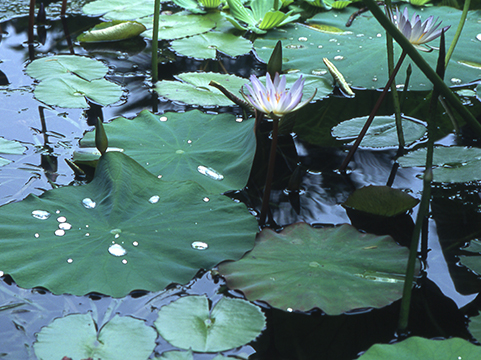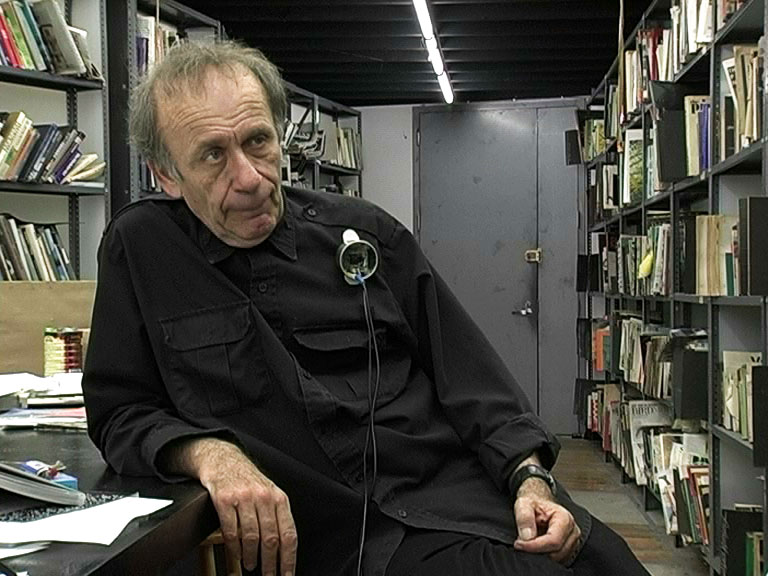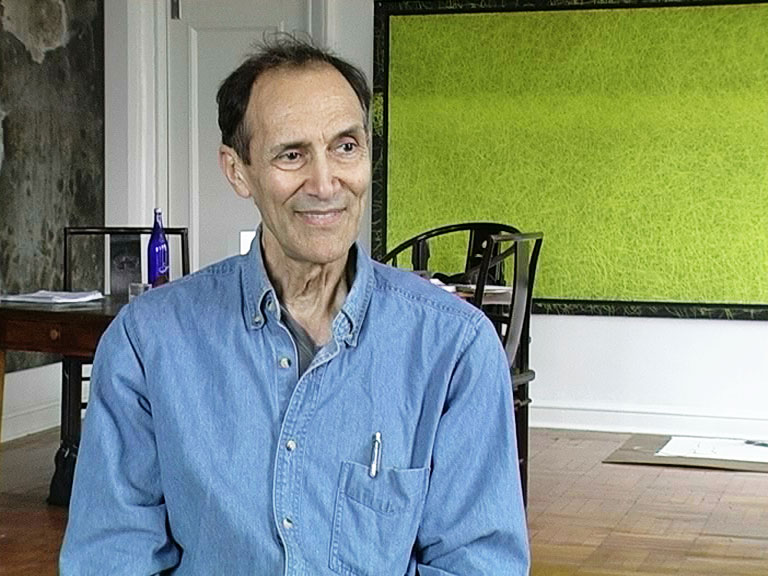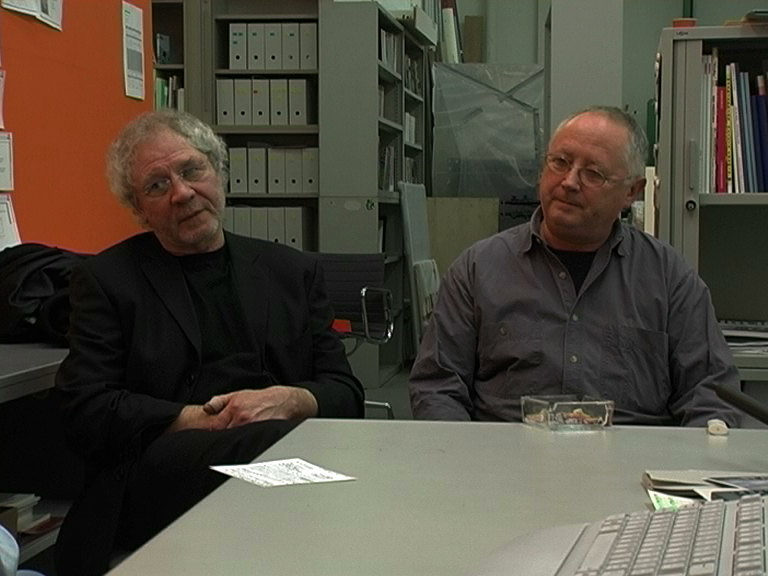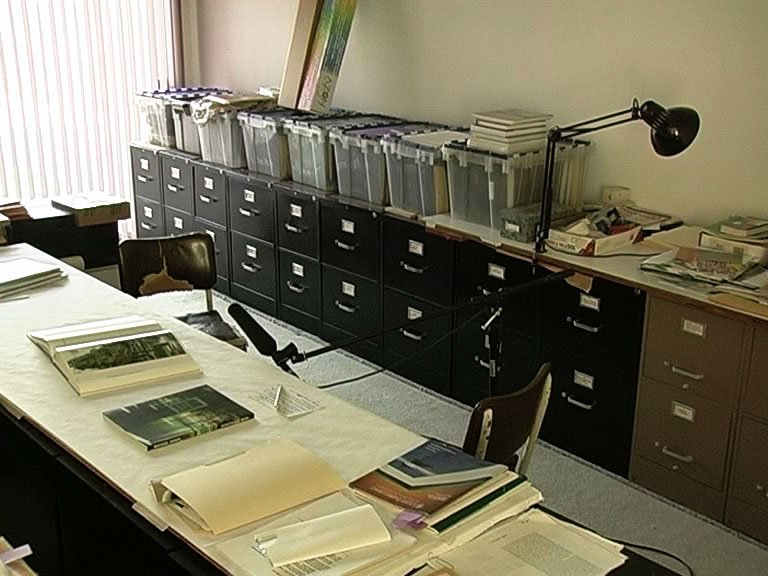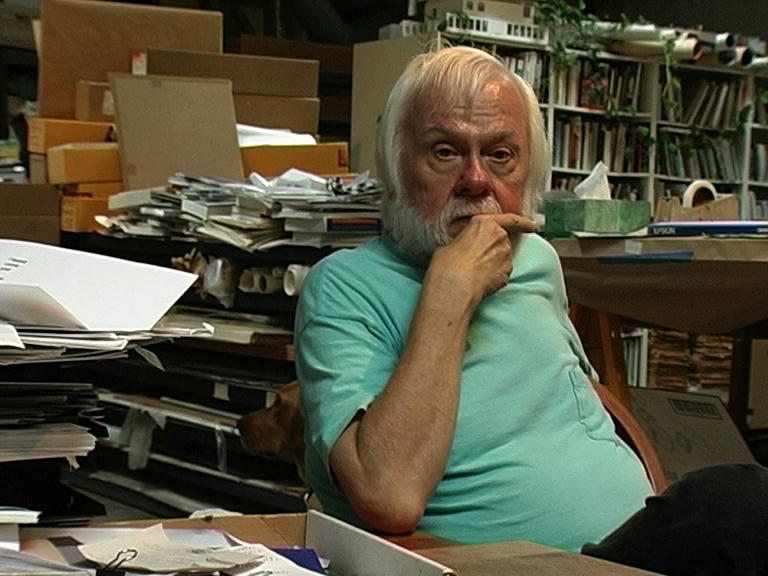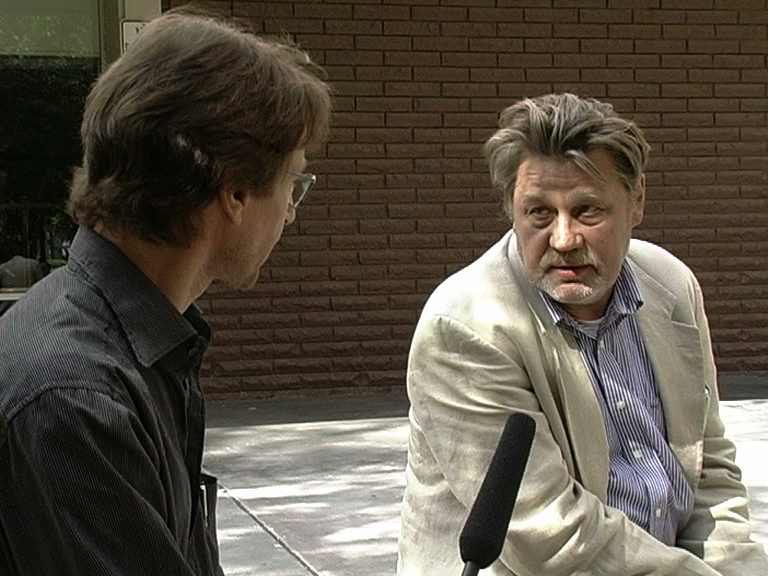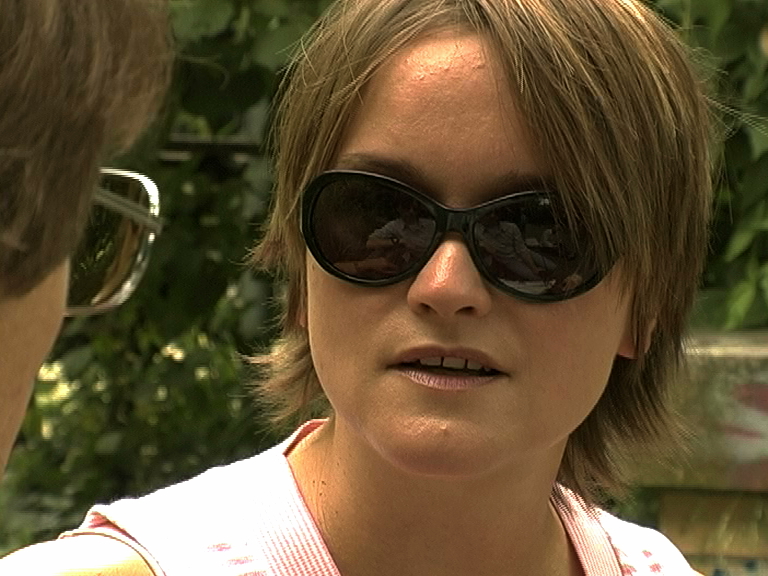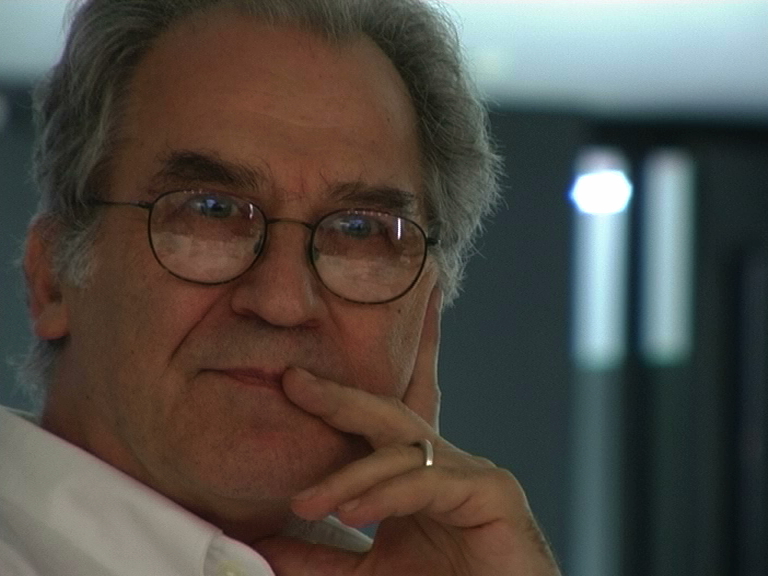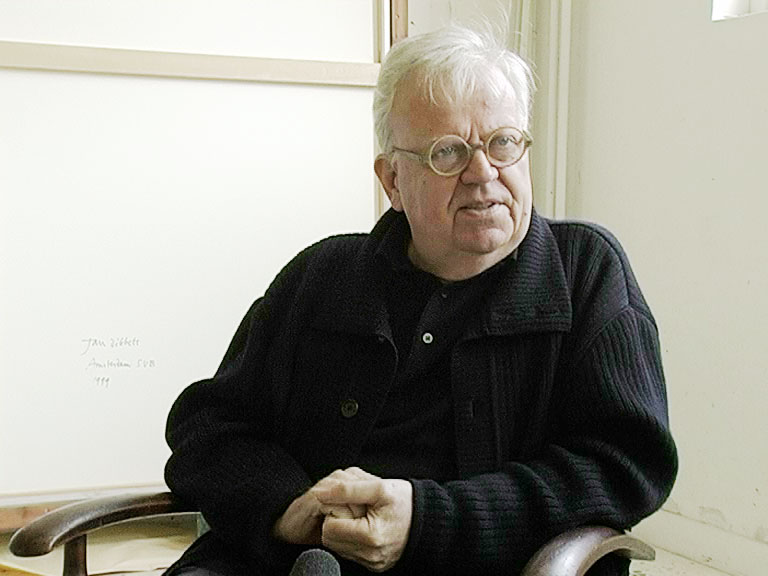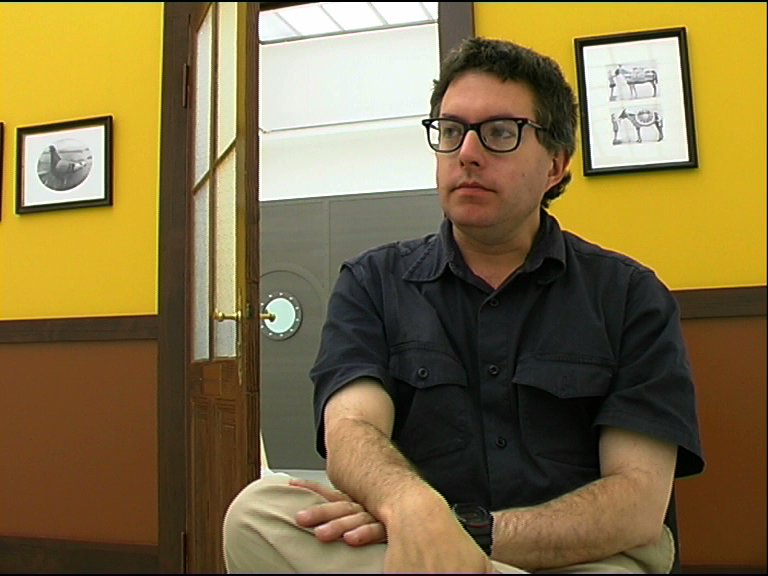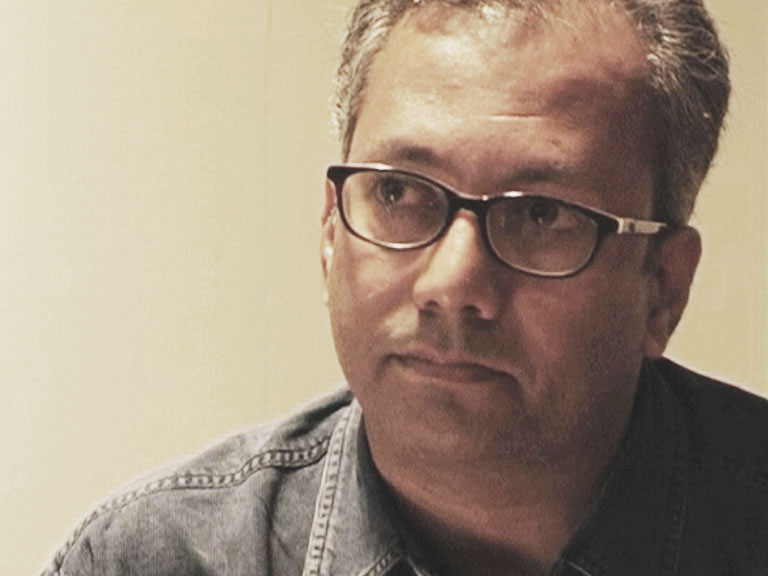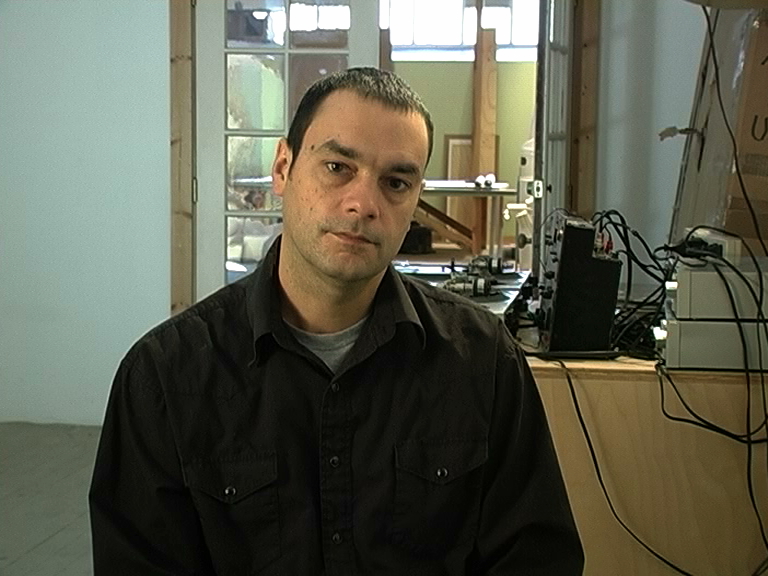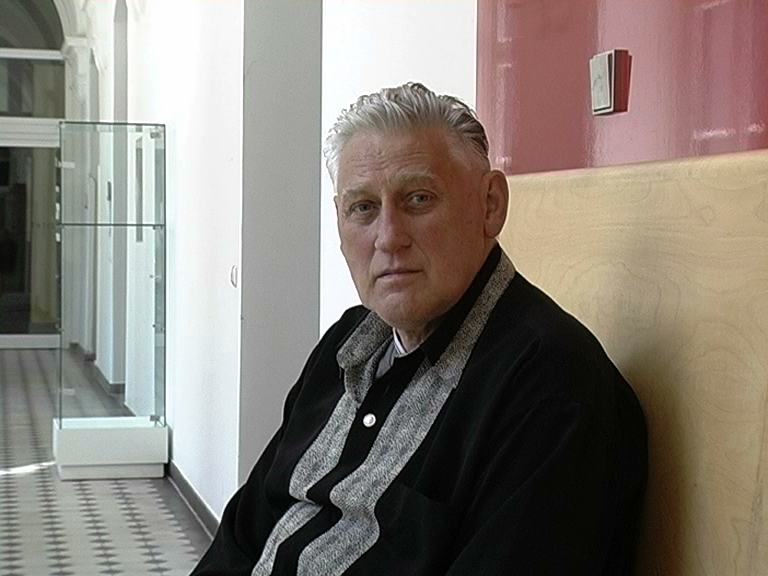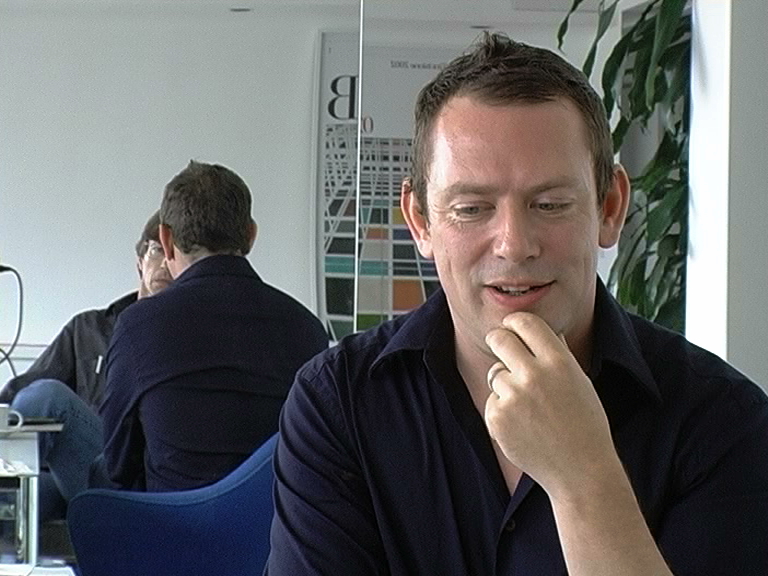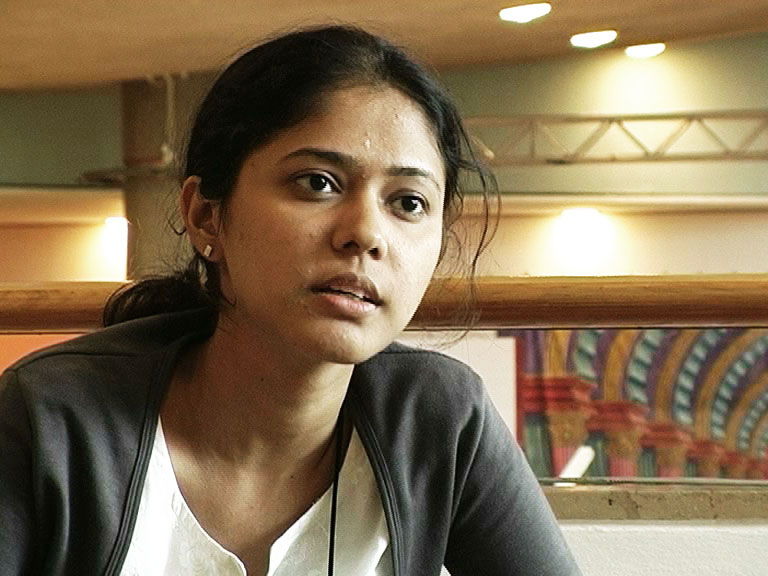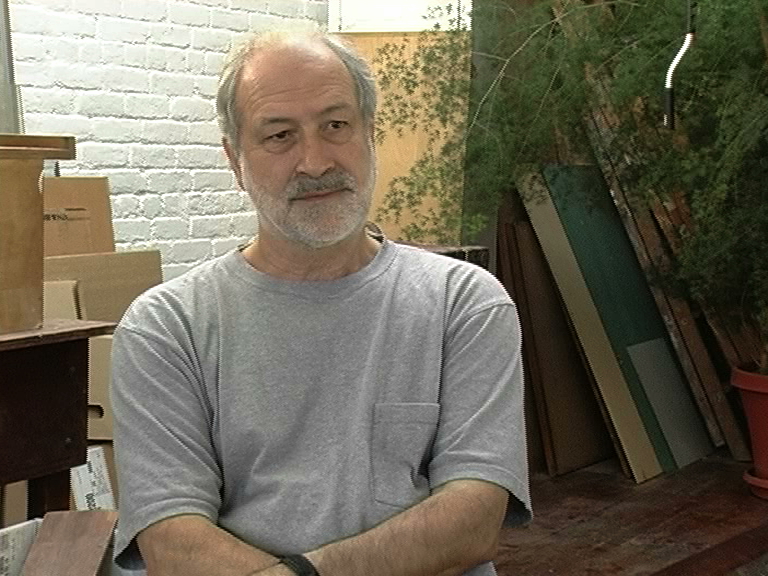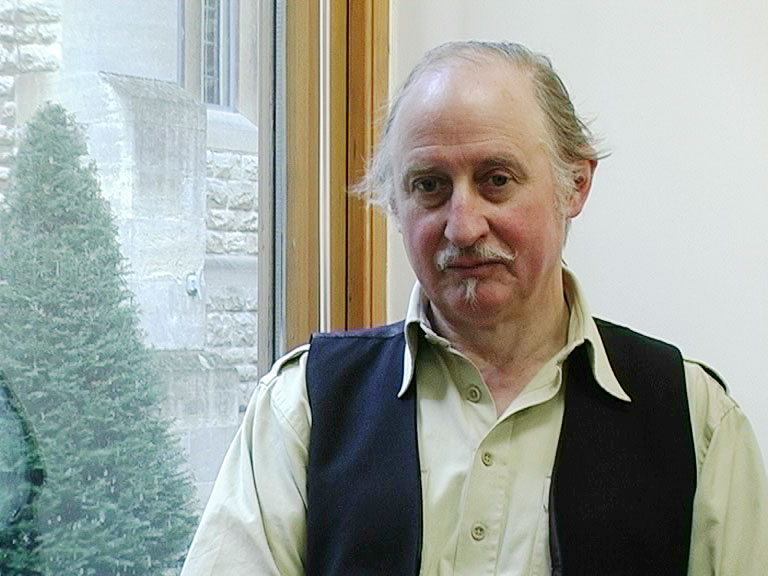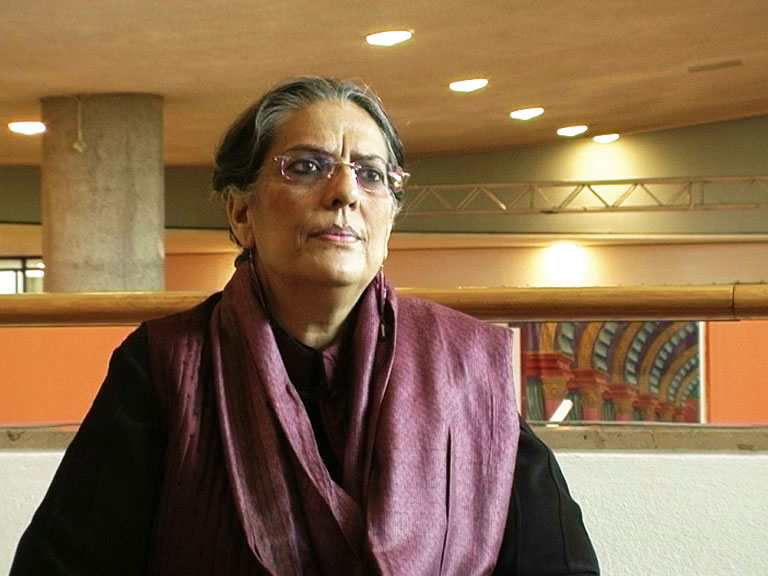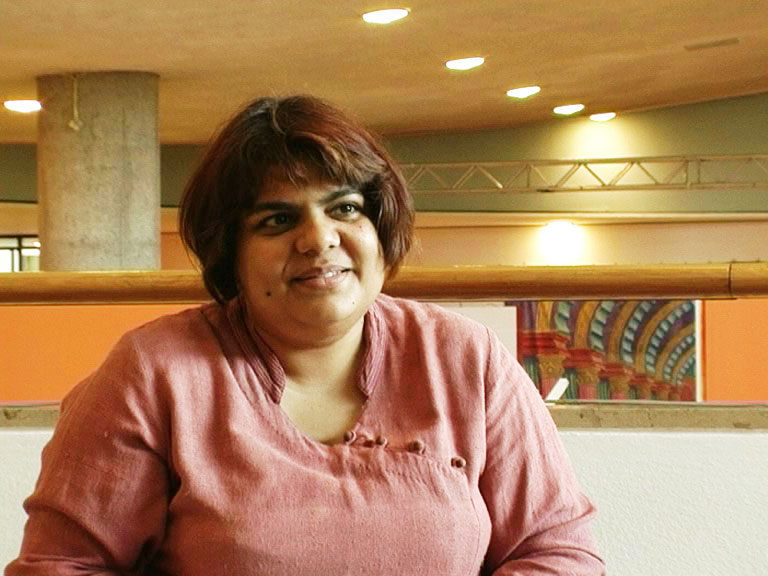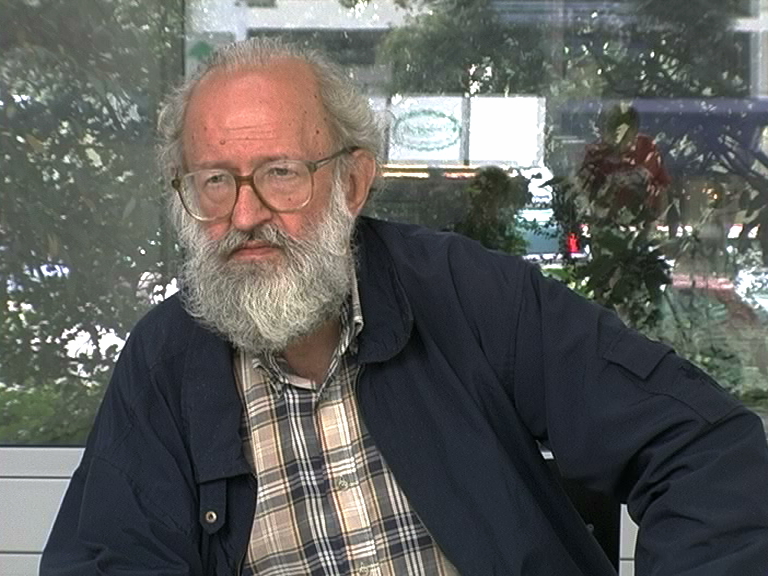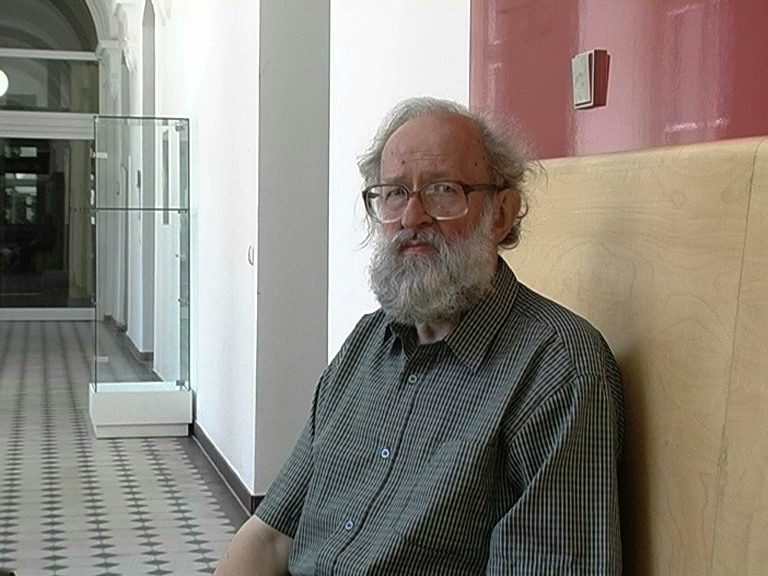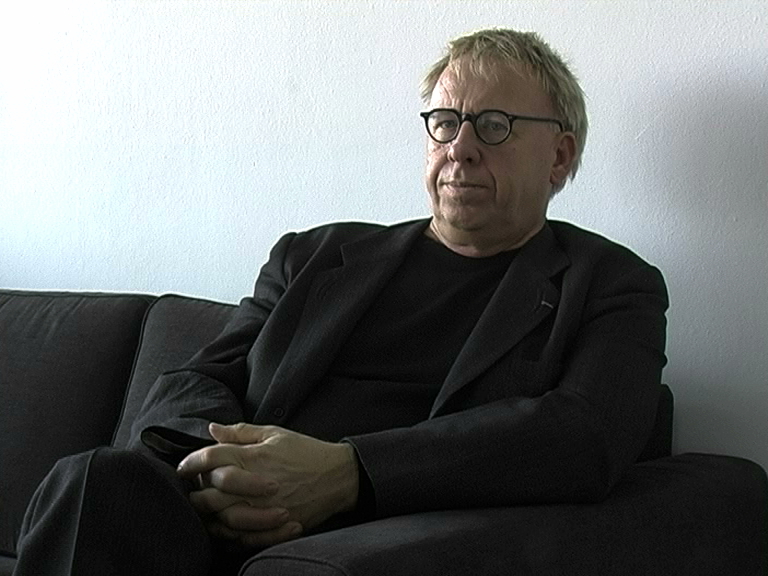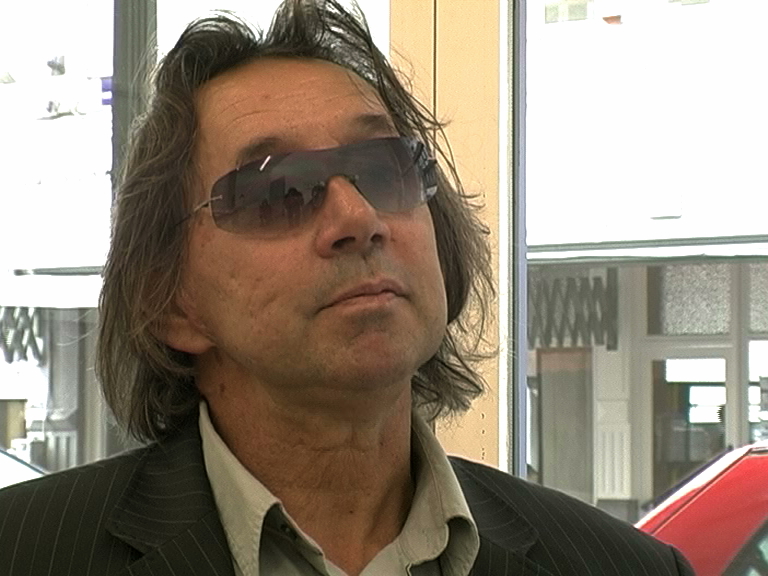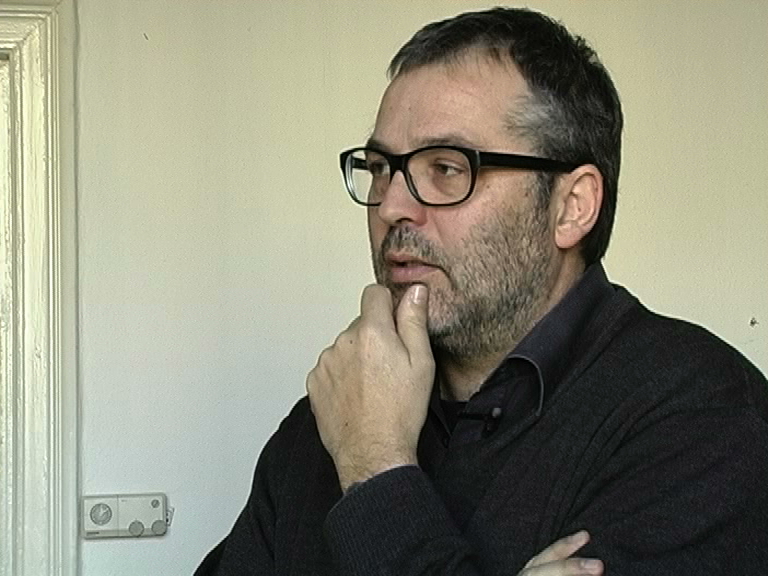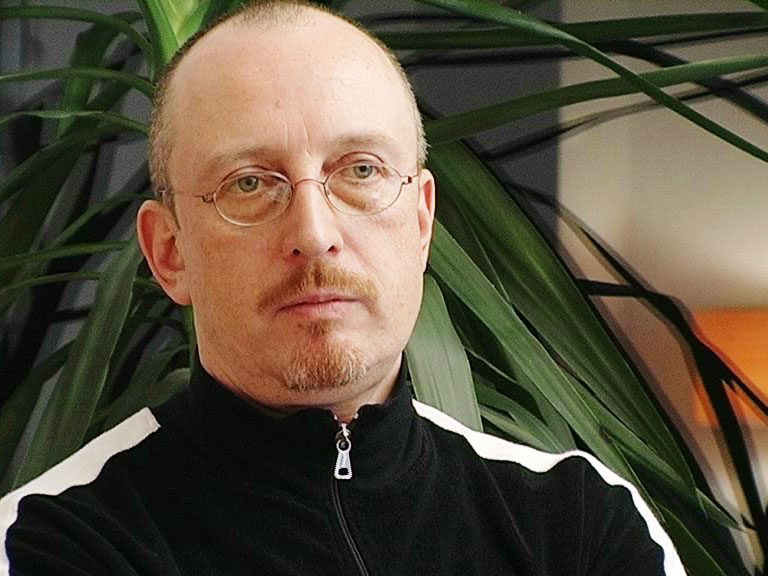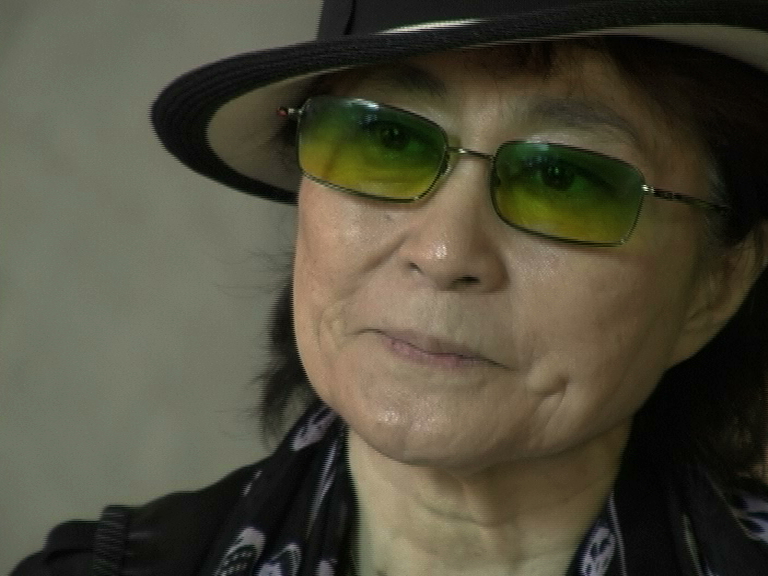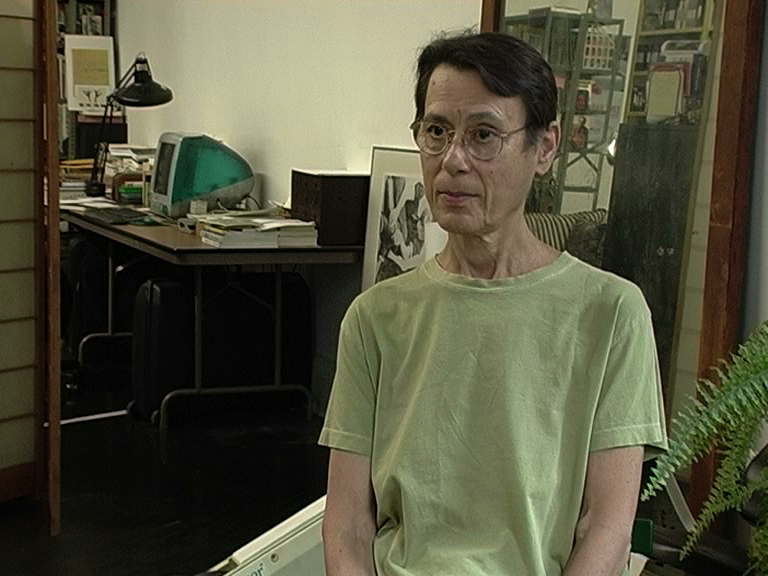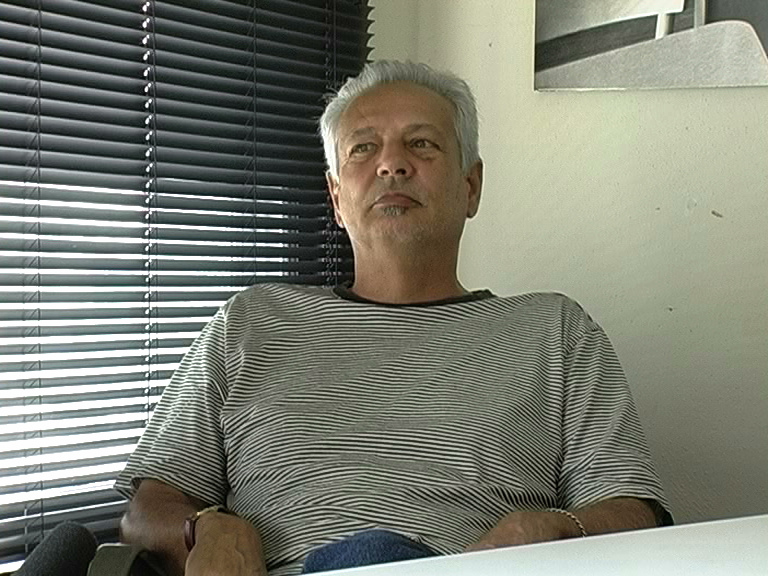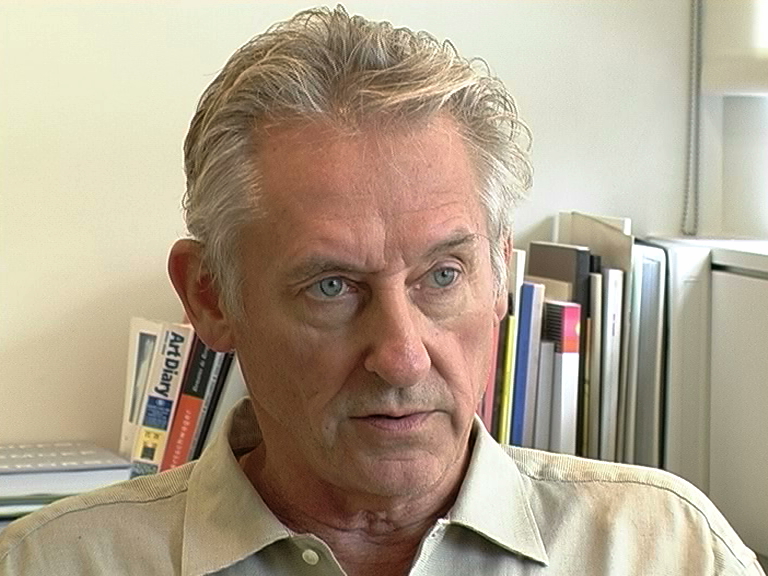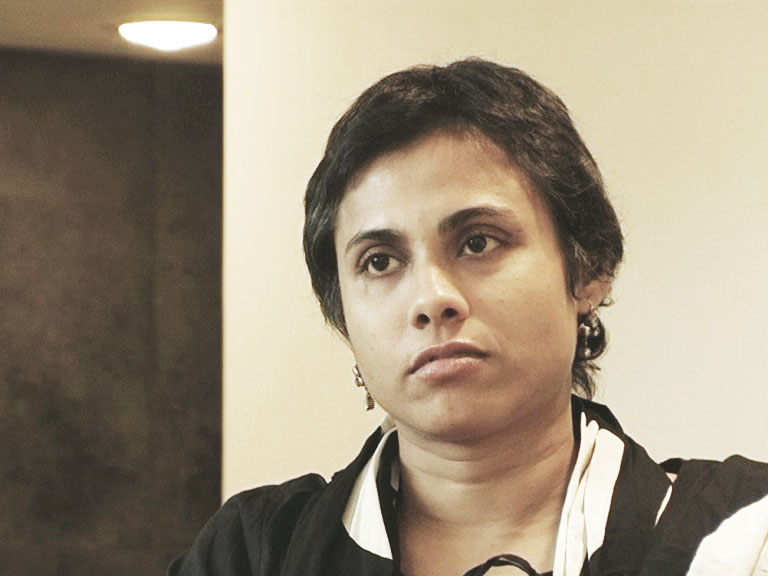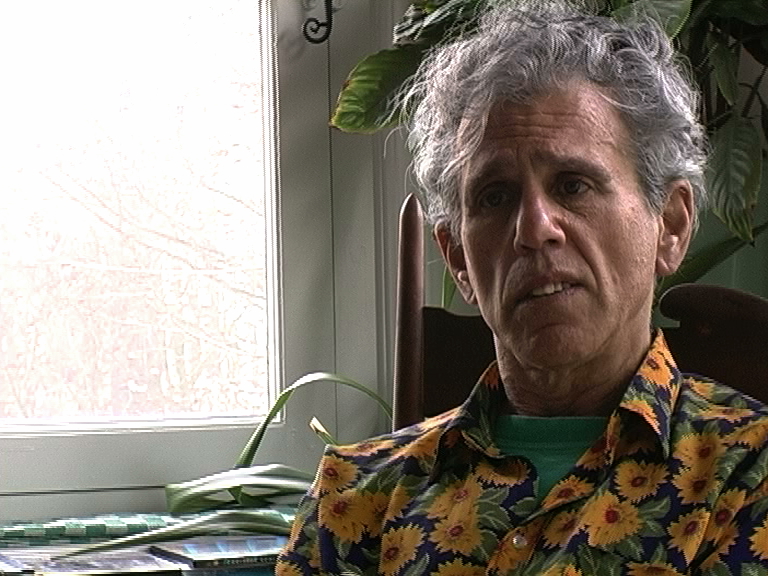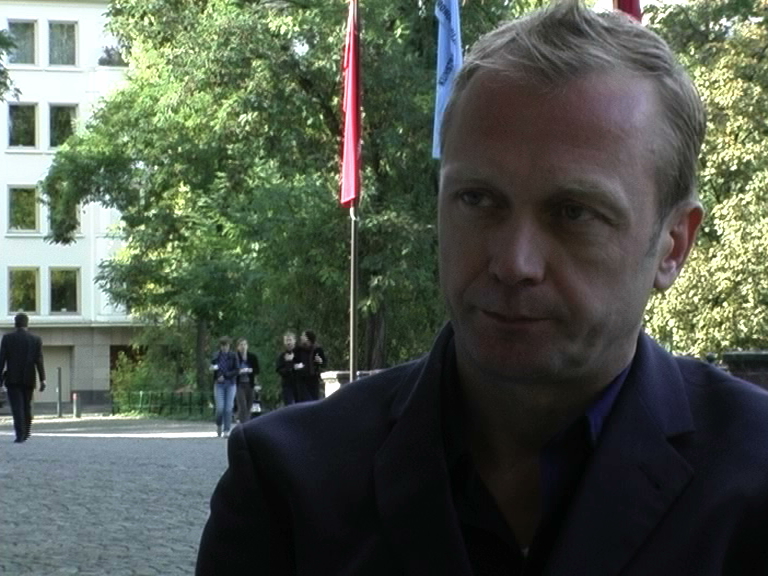Daniel Birnbaum: I am very happy and proud to present Yoko Ono here in Frankfurt. Yoko Ono needs no introduction. So what we need to discuss here maybe are the more specific things. What is Yoko Ono doing in Frankfurt and why in this strange building – why as part of a project in an art academy? A few words: Yoko Ono is a pioneer, an artist who has been working in many genres, many disciplines. She has also invented art forms that are maybe new. It started… one thing started already in the mid-50s – I think it was 1955 – the first instruction piece. It is a very basic sentence. It is called ‚lighting piece‘: “light a match and watch ‘till it goes out.” That was in 1955. These instruction pieces have of course been compared to conceptual art, they have also been compared to haiku poetry, they have been compared to many things. But they are Yoko Ono’s invention. We are not presenting a big Yoko Ono show here – there are shows of hers, there was recently a big show in Oslo, there is a show opening in Zurich – what we are doing here is much more specific. Smaller, but also more experimental perhaps. This is a show that I will say a few words about, but the real reason of this is a kind of exchange with young artists. The Städelschule has a small gallery – the Portikus – which we are in. But primarily it is an academy for young people from all over the world. It is a German academy, but we have artists from many, many nations – I think forty percent come from other countries. Many people from Asia, // Oh! Really?// yes, yes. So what has been going on now over the last weeks or months is that a group of artists, a group of young students – I think there are about twelve or fourteen – have really started the history of this… the development of the instruction pieces. They’ve been thinking about them, they’ve been reading them and they have started to fantasize about them. So we have a few things here that we knew that Yoko suggested that we pay attention to. There are a few instructions that are at the center of this show and they are film number 3, toilet thoughts – maybe you’ve seen them without knowing what it was, but it is a poster in public bathrooms all over Frankfurt. Also in our school but also in cafeterias and restaurants and the instruction… maybe I’ll read it. //Yeah, yeah…// It says: “prepare 365 copies of a poster and paste them in bar toilets around the city. Leave them for a week and take pictures of all 365 copies. Leave them again for a month and take pictures of them. Go on until you are satisfied or until the posters disappear. Make a film by stringing all the pictures together.” That started in 1968. So this is going on. It is a piece that is happening in the city right now. They are up and they will be attended to. There is another piece called “omnibus film” which is in here – we can take a look – it is again a kind of collaboration, because it is an instruction. It is a… it’s something that needs not only an audience but an active participatory other. And that has been now realized by a number of students. Omnibus film: “ Give a print of the same film to many directors. Ask each one to re-edit the print. Show all the versions together ‚omnibus-style‘.” We weren’t sure what ‚omnibus-style‘ meant so we had a problem for a little while: does it mean after each other… then we decided that… after asking… that they are now presented next to each other. //Yeah// So we can compare the films. There is a piece called “men” which is over there, which we can get back to, and there is a piece which is – which has not really started so to say – which is called “add to it”. A painterly piece, a sculptural piece, a film piece, one work in the public ground. And then I have to warn you, or I already did warn you, that the students, of course – they are enthusiastic about this whole thing – and started to read all the other instructions and started to come up with their own ideas, so there are a number of surprises and gifts for you which I don’t quite know what to say about because I have not understood them all. Nicola Dietrich, the curator of Portikus, I think, knows more about them but that is something, you know, one could talk a lot about. We will have discussions later on in the academy but that is just for the people who are working on this so the public moment, so to say, is now, and tonight when there is an opening. Yoko, I am so happy that you are here. I don’t know if you would want to say a few things about these instruction pieces. Yeah, you can – or about anything you would want to announce to the audience in Frankfurt.
Ono: Hello. I am here because I was explained that this is an Academy of art and the students here are all people who want to be artists, or who are already artists. And I think that it is very nice to meet people who are really wanting to make a career and a life out of art. I want to encourage them and inspire them and also maybe I’ll be inspired, too.
These days, the world is in a very intense situation, politically, and people tend to forget about the importance of art. And I think that art is very important. Especially if you want to keep creating a peaceful world. Art is a very important part of the peace industry. So, therefore I came here to speak to the students and also to see what they are doing. It is really nice to be able to have an exchange with them. Thank you. If there is any question, go ahead.
Daniel Birnbaum: Any questions?
Frage: For me the instruction pieces seemed to be a kind of intention to structure the public sphere.
Ono: Well see, the instruction idea was not so foreign for me because I used to create music with musical scores, you know, writing music. And in music, you write scores and other people perform it. And even after you pass away, like Mozart or Beethoven, people perform the work by interpreting the instructions.
In that sense it’s almost like music, but without the scores, just by words. And I came up with the idea because, one: on a musical level I thought it was very interesting to be able to create a score that is not with those – we call it onpu – you know these black dots, you know; because there is a limitation to that.
And I was listening to the birds singing in the morning when I woke up in bed and the bird was singing around my bedroom and I thought: it’s so beautiful. But you cannot translate it into musical scores because it’s so beautiful, but it has intricate rhythms and intricate bends in the sound. So I thought, well, you know, what do you do about it? Oh, you can just make an instruction of it, you know, it’s easier that way. So that’s how I thought of the music. With the lighting piece, I thought it is an interesting idea, but it doesn’t fit anywhere. It was not a painting, it was not a novel, it was not a short story it was not a poem, what do you do about it? So, I just wrote an instruction of it. And that is how it started to happen. And also in sculpture and painting I realized that there are many ideas that I have that I cannot realize. Sometimes because it was too expensive or, most of the times it was because … I’m not a very mechanical person, so I thought “Well, I can’t do this one. Okay, well, I’ll write it down, the idea, and somebody can do it for me.” That is how these instructions happened… in a different theory, rather…
Daniel Birnbaum: Further questions?
(Pause)
Daniel Birnbaum: I just have one question. We will have many opportunities to discuss with the students later on. I am curious about audiences, I said it without really having thought much about it, but it’s really true, that through the different disciplines you worked with, you reached very different kinds of audiences. Is art a universal language for you or are there different things when you work with music, with pop music or when you work with art, which has been linked to the big avant-garde tradition, which, even if it’s well known, is still a rather small thing in the society? Is that being an important drive for you, to reach beyond the art world or has that just happened, so to say?
Ono: Well, I never thought hat I was inside the art world. Because, in a way, I was always an outsider. Critics didn’t think of me as an artist. So I was not in the art world with the critics’ protection. So I – in that sense I was blessed with freedom, freedom of being an outsider. And so I can do anything I want instead of being confined to the usual method of expressing oneself within the art world. So I did it my way.
Birnbaum: Very specific, rather small question: twenty minutes from here is Wiesbaden, which was a kind of centre for the Fluxus movement. And you are often mentioned in relationship to Fluxus. And when we read about it now in the school and we look at old catalogues, we see invitation cards and your name is in there, often with Joseph Beuys and many other people. Did you see yourself as a Fluxus artist?
Ono: If there is any movement that is close to my idea, yes, Fluxus is one of them probably. But there are some people who think that my work is very surrealistic, conceptual, etc.
There are many labels that you can put on my work.
What happened with Fluxus was that I was doing these concerts in Chamber Street in a loft of mine. And it became very, very popular. Among the artists, not so much in the world. Many people started to come, it’s an ordinary loft, so if 200 people came, that’s big. And I didn’t now it at that time – may be I was introduced, I don’t know – but George Maciunas came to the concert and he was very much inspired by it and he wanted to create exactly the same thing in Midtown, which he did. And then he decided that that should have a name, a name of the movement. I was opposed to that, because I said – you know, it’s not like twenty artists got together and proclaimed a movement. Just George Maciunas wanted to do that. “Oh this is great, so let’s have a name”… He said, you should think of that name. I said, no, I am not doing that, because I don’t agree with you. The next morning he came to me and he said, listen, this going to be the name of the movement. It’s a great name. It’s Fluxus! And he showed me the word Fluxus in a dictionary. And I thought “Okay, well…”. I wasn’t that interested….
But when I think about it, he was very, very clever, very intelligent – to name it as a movement. Because now, because of that, many of the artists who are thinking the same way, all come into the Fluxus movement and the Fluxus movement is going to go on forever. It’s beautiful. If it didn’t have a name, I don’t know what would have happened. So I was wrong and he was right.
Daniel Birnbaum: I read a nice essay some days ago by Gunnar Kvaran who is over here, a curator who did a big show with you, where he said that your art gives us breathing space, that the artworks give us freedom, so to say. They don’t dictate exactly. We are part of them as an audience. We are participants in a different kind of way. How did that idea start? I mean, all work needs an audience, but your works really need an audience and give a kind of task to the audience.
Ono: Well, I don’t know if you really need an audience. I never thought of it as something that I want to appeal to a certain crowd of people or group of people. Whenever I have an idea, inspired with an idea, just put it down and: It’s almost like cooking, you know, if you have a recipe, you share it with somebody but you don’t really think about who is going to make that dinner. Okay, you just put it down and you put it out. So some people want to do it, some don’t want to do it. That’s all.
Daniel Birnbaum: Many happenings and artworks that relate to groups of people are about being together. But I also read a quote from you where it said, no it’s actually about being alone or it’s about the fact that in the end, you are alone. //In what work?// … that happenings are often about being together, but in a quote I found a nice quote of you where it said, it is actually rather… “it is not a get-togetherness, as most happenings are but dealing with oneself”.
Ono: Yes, dealing with oneself is not being alone, it’s slightly different. It’s about confronting yourself in a way. And it is a very interesting thing to do, to confront yourself, because most of us don’t want to confront themselves. I just wanted to say that I am really happy that you are all here because you are interested in art and not so much interested in the Beatles. The reason why I am very happy is because more and more, people are not interested in art. It is very important that we start to become interested in art again. Because… unless the peace industry becomes just as liable as the war industry, we will always have war. Right now, the world is full of confrontations and struggle, violence. All that has to disappear for us to have good fun and a nice living together. And so for that it is important that we transform our energy into something that is beautiful, and that is art.
And so let’s all of us… we all have some anger, memory of pain, sorrow and sadness, and conflict with our friends or people that we know.
Let’s try to transform that energy into something creative, something that we can share in terms of a beautiful feeling or emotion or idea and that, I think, is art. So I am very happy that you are here. You are part of the people who will propagate art, I think. Thank you.
Birnbaum: Thank you so much.
Ono beginnt zu malen.
Ono bastelt einen Teller zusammen.
Y.O.: zeichnet und schreibt in ihren Katalog für Stefan Römer.
S.R.: What do you consider as the strongest influence on your artistic practice
Y.O.: The world and the universe.
S.R.: That was very precise.
What is the aim of your artistic practice?
Y.O.: Life.
S.R.: Do you think that your conceptual paradigms are still in function?
Y.O.: It’s in full speed and full blossom.
S.R.: What is your ideal and typical daily work as an artist?
Y.O.: I just like the idea of life and my ideal day is to enjoy life.
It was nice to meeting you Stefan.



